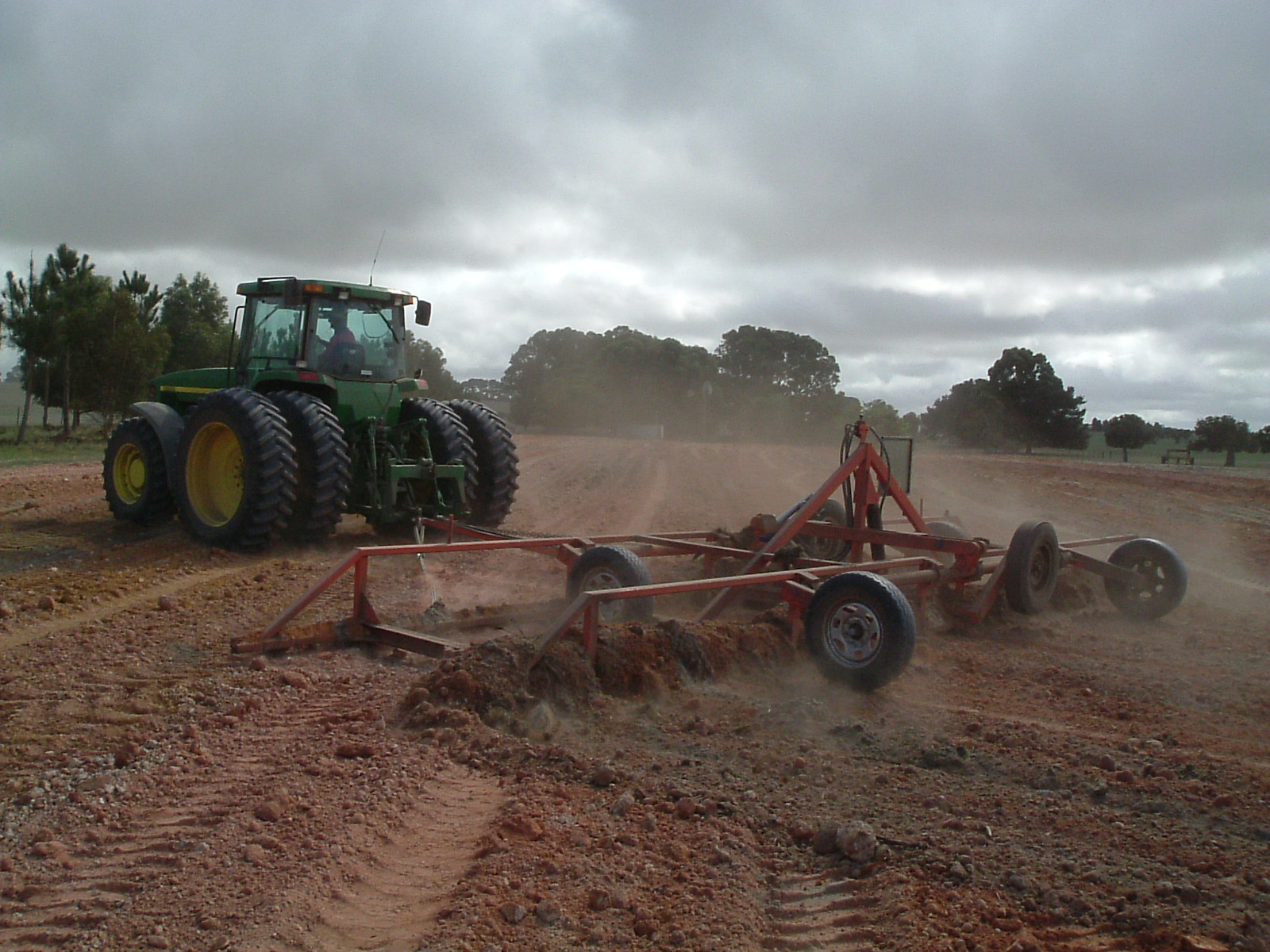Soil is the lifeblood of agriculture. It is the medium in which plants grow and from which they draw nutrients.
Yet, soil health is often overlooked. This can lead to poor crop yields and unsustainable farming practices.
Enter soil amelioration techniques. These methods aim to improve soil structure and fertility, leading to healthier crops and more sustainable farming.
In this article, we delve into the benefits of soil amelioration techniques. We explore how they can enhance crop yields, reduce the need for chemical fertilizers, and contribute to long-term soil health and sustainability.

Whether you’re a farmer, an agronomist, or simply an enthusiast, this guide will provide you with valuable insights into the world of soil amelioration.
Understanding Soil Amelioration
Soil amelioration is a crucial aspect of agriculture. It involves various techniques aimed at improving the physical, chemical, and biological properties of soil.
These techniques are designed to enhance soil fertility and structure. This, in turn, leads to healthier, more productive crops.
The Importance of Soil Fertility
Soil fertility is fundamental to successful farming. It determines the soil’s ability to provide essential nutrients to plants.
However, soil fertility can be depleted over time. This is where soil amelioration techniques come into play, helping to replenish and maintain soil fertility.
Defining Soil Amelioration Techniques
Soil amelioration techniques are diverse. They range from the addition of organic matter to the adjustment of soil pH.
Each technique serves a specific purpose. Yet, they all share a common goal: to improve soil health and productivity.
Key Techniques in Soil Amelioration
There are several key techniques in soil amelioration. Each technique is designed to address specific soil issues and improve overall soil health.
These techniques include organic matter addition, crop rotation, soil pH adjustment, and more. Let’s delve into each of these techniques in more detail.
Organic Matter Addition
One of the most common soil amelioration techniques is the addition of organic matter. This can be in the form of compost, manure, or other organic materials.
Adding organic matter improves soil structure and fertility. It also enhances the soil’s ability to retain water and nutrients.
Crop Rotation and Cover Crops
Crop rotation and the use of cover crops are also effective soil amelioration techniques. They help break pest and disease cycles and improve soil health.
Cover crops, in particular, can prevent soil erosion and improve soil organic content. They also suppress weeds and improve soil biodiversity.
Soil pH Adjustment and Liming
Soil pH adjustment is another important soil amelioration technique. This is often achieved through the application of lime.
Liming helps to neutralize acidic soils, bringing the pH to optimal levels for plant growth. It also improves the availability of essential nutrients in the soil.
Improving Soil Structure with Gypsum
Gypsum is often used in soil amelioration to improve soil structure. This is particularly beneficial for clay soils, which can become compacted and difficult for roots to penetrate.
By improving soil structure, gypsum enhances root growth and nutrient uptake. It also improves water infiltration and drainage.
Deep Plowing and Subsoiling
Deep plowing and subsoiling are techniques used to break up compacted soil layers. These layers can restrict root growth and limit the availability of water and nutrients.
By breaking up these layers, deep plowing and subsoiling improve root penetration. They also enhance soil aeration and water movement.
Benefits of Soil Amelioration
Soil amelioration techniques offer numerous benefits. They not only improve soil health but also contribute to sustainable farming practices.
These benefits range from enhanced crop yields to improved water retention. Let’s explore these benefits in more detail.
Enhanced Crop Yields
One of the most significant benefits of soil amelioration is enhanced crop yields. By improving soil fertility and structure, these techniques promote healthier plant growth.
This results in higher crop yields, which can increase farm profitability. It also contributes to food security by boosting agricultural productivity.
Reduced Need for Chemical Fertilizers
Soil amelioration techniques can reduce the need for chemical fertilizers. By improving soil fertility naturally, these techniques lessen the reliance on synthetic inputs.
This not only reduces farming costs but also minimizes the environmental impact of agriculture. It contributes to the sustainability of farming practices.
Improved Water Retention and Erosion Control
Soil amelioration techniques also improve water retention and control erosion. Techniques like organic matter addition and cover cropping enhance the soil’s ability to hold water.
This reduces water runoff and soil erosion, protecting the land from degradation. It also ensures that plants have a consistent supply of water, even in dry conditions.
Long-Term Soil Health and Sustainability
Lastly, soil amelioration techniques contribute to long-term soil health and sustainability. They improve soil biodiversity and resilience, ensuring that the soil can support plant growth over the long term.
This is crucial for sustainable farming practices. It ensures that the soil can continue to support agriculture for future generations.
Conclusion: The Future of Soil Amelioration
In conclusion, soil amelioration techniques hold great promise for the future of agriculture. By enhancing soil fertility, reducing reliance on chemical fertilizers, and promoting sustainable farming practices, these techniques can contribute significantly to global food security and environmental sustainability. The future of soil amelioration is indeed bright and promising.
